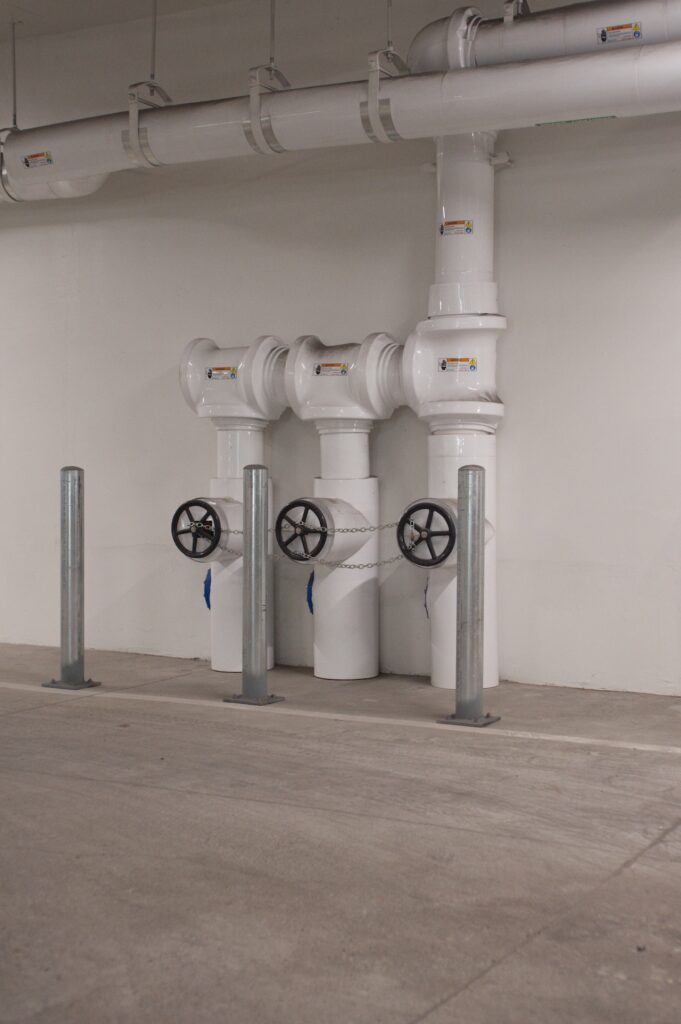With the growing environmental awareness, making eco-friendly choices at home is becoming more important than ever. One area where these choices can have a significant impact is plumbing. Upgrading your plumbing fixtures and systems can reduce your carbon footprint and save money on utility bills. Here are six eco-friendly plumbing upgrades to consider for a greener home.
1. Low-Flow Fixtures
Installing low-flow fixtures, such as faucets, showerheads, and toilets, is one of the simplest and most effective ways to conserve water. These fixtures are designed to limit water flow without compromising performance, allowing you to enjoy the same comfort level while using significantly less water. By making this switch, you can reduce water waste and lower your water bills without sacrificing convenience.
2. Tankless Water Heaters
Traditional water heaters continuously heat and store water, leading to energy waste and higher utility bills. On the other hand, tankless water heaters heat water only when needed, eliminating standby energy loss. Not only are tankless heaters more energy-efficient, but they also provide hot water on demand. Switching to a tankless water heater can significantly reduce your home’s energy consumption and carbon footprint.
3. Greywater Systems
Greywater systems collect and filter wastewater from sources like sinks, showers, and washing machines, treating it for reuse in irrigation or toilet flushing. By recycling greywater, you can reduce your reliance on freshwater sources and lower your water bills. While installing a greywater system requires some initial investment, the long-term savings and environmental benefits make it a worthwhile eco-friendly upgrade for any home.
4. Rainwater Harvesting
Rainwater harvesting systems collect and store rainwater from rooftops for later use in activities like watering plants, washing cars, or flushing toilets. By harvesting rainwater, you can conserve municipal water supplies and reduce stormwater runoff, which can help prevent the pollution of rivers and streams. Additionally, using harvested rainwater for non-potable purposes can lower water bills and promote self-sufficiency.
5. Pipe Insulation
Uninsulated pipes can lead to heat loss and energy waste, especially in hot water systems. Insulating your pipes can reduce heat loss, maintain water temperature, and improve overall energy efficiency. Pipe insulation is a simple, cost-effective upgrade that can help lower your energy bills and reduce your home’s carbon footprint. Plus, it helps prevent pipes from freezing during cold weather, reducing the risk of costly damage.
6. Solar Water Heating
Solar water heating systems use solar panels to capture and convert sunlight into heat, used to warm water for household use. By harnessing renewable energy from the sun, solar water heaters can significantly reduce the need for conventional energy sources, lowering energy bills and carbon emissions. While the initial investment may be higher, the long-term savings and environmental benefits make solar water heating a smart choice.
Take the Next Step Toward a Greener Home
Embracing eco-friendly plumbing upgrades isn’t just about reducing your environmental impact — it’s also about saving money and creating a healthier home for you and your family. From low-flow fixtures to solar water heating, plenty of options are available to help you make your home more sustainable. So why wait? Start making the switch today and take the next step towards a greener, more eco-friendly home!
